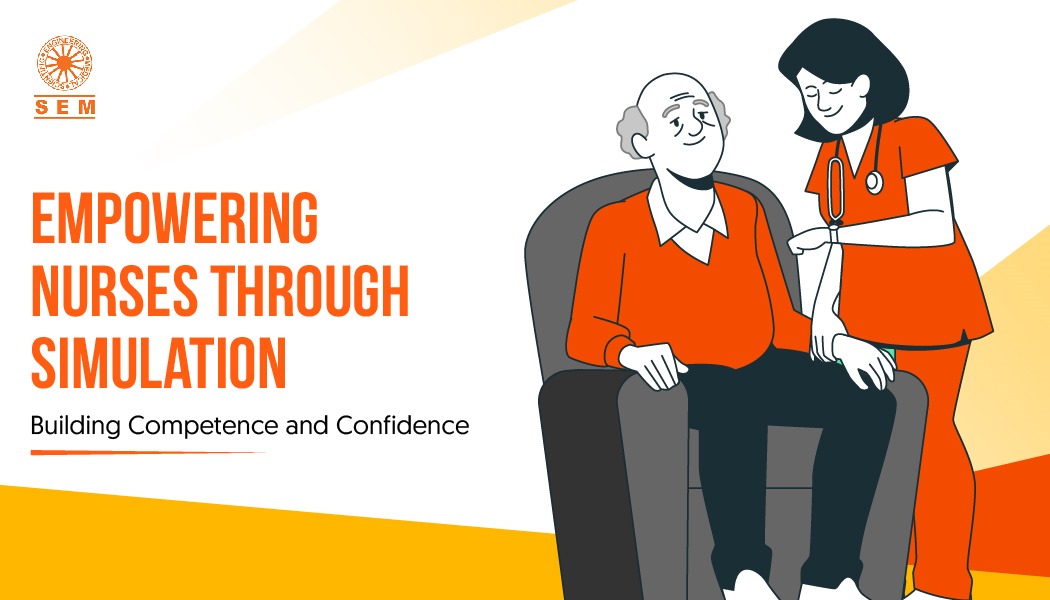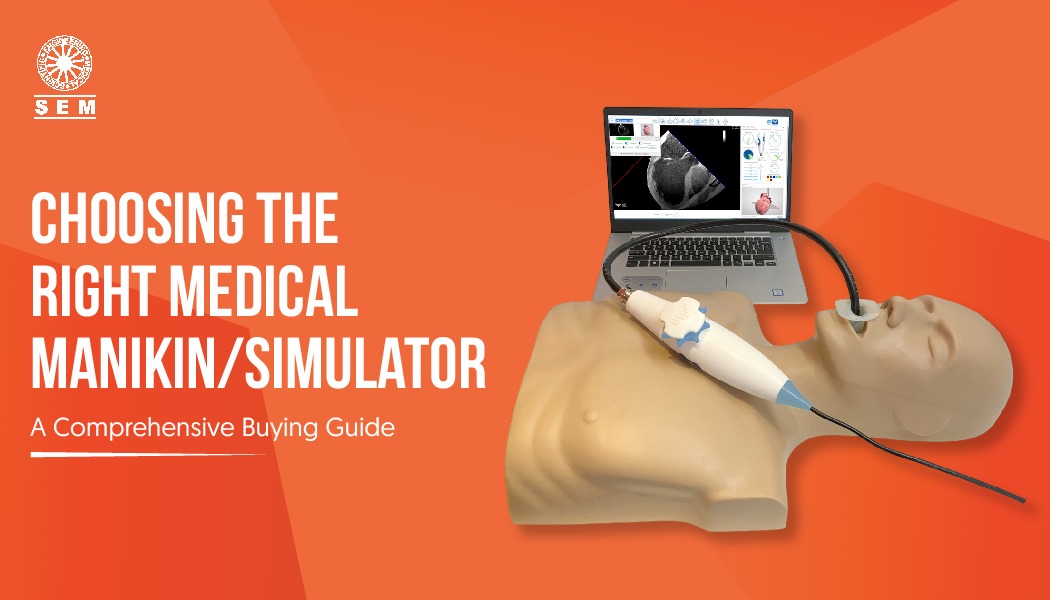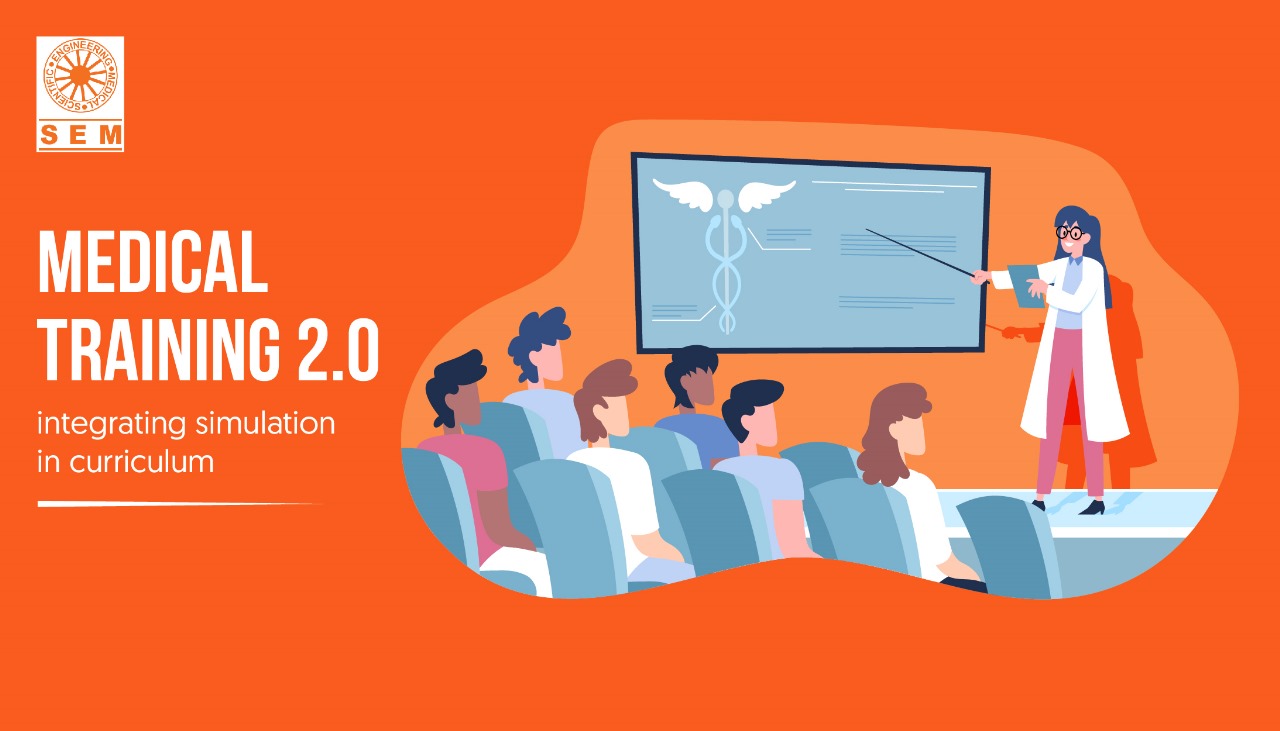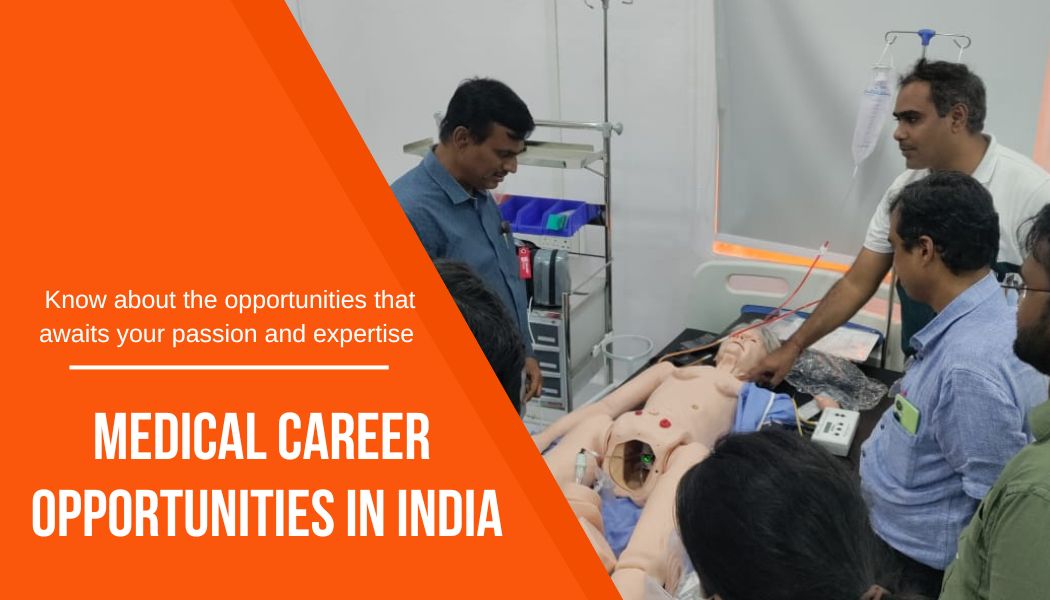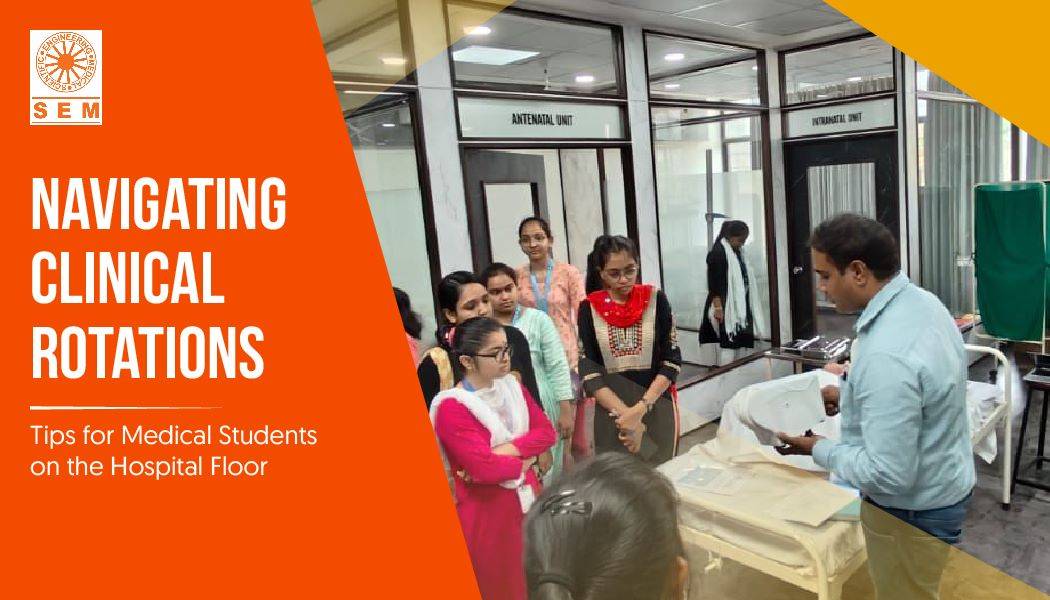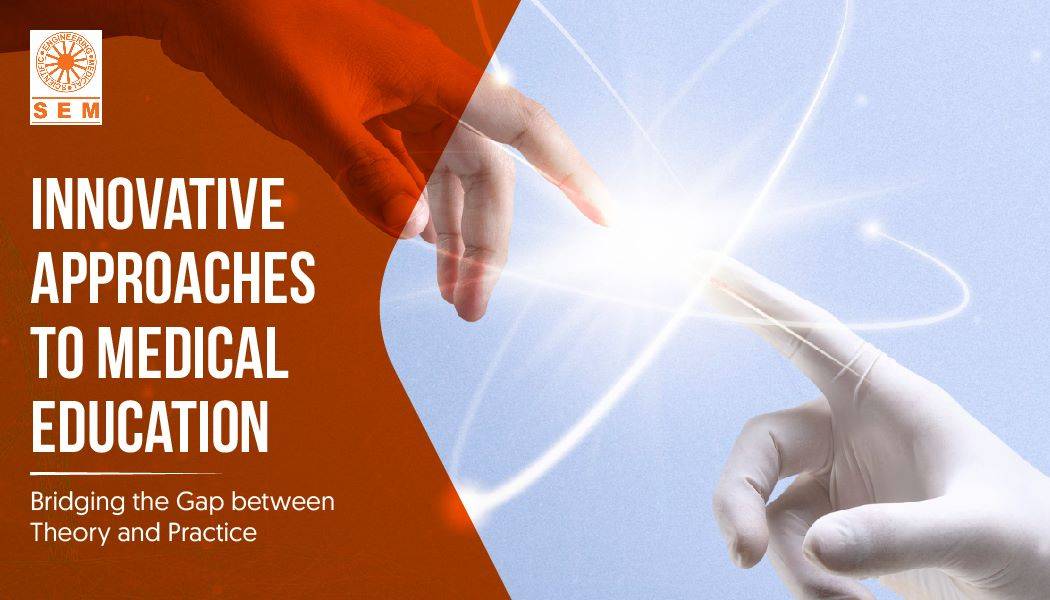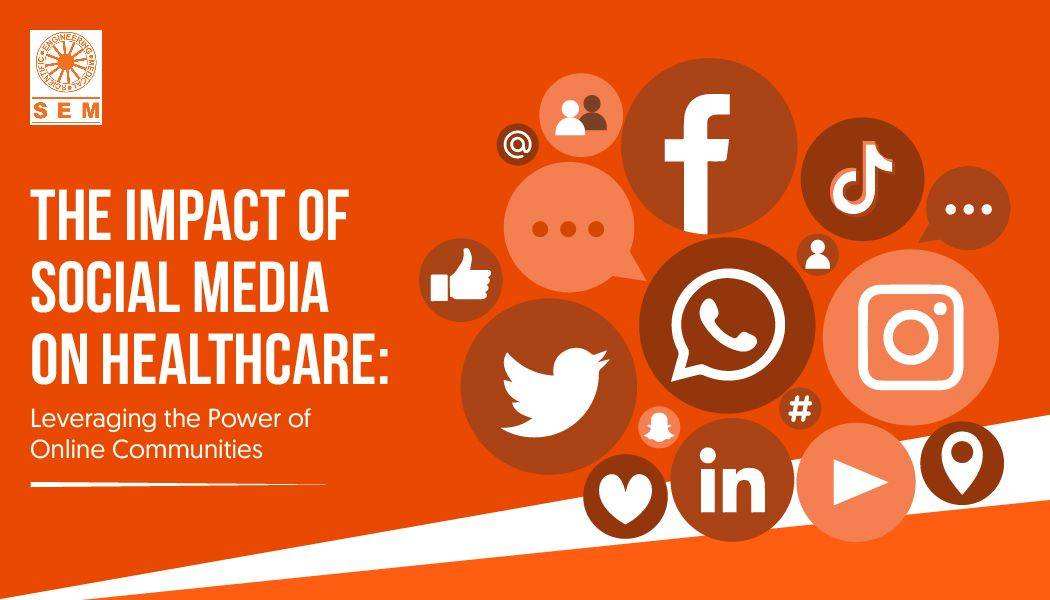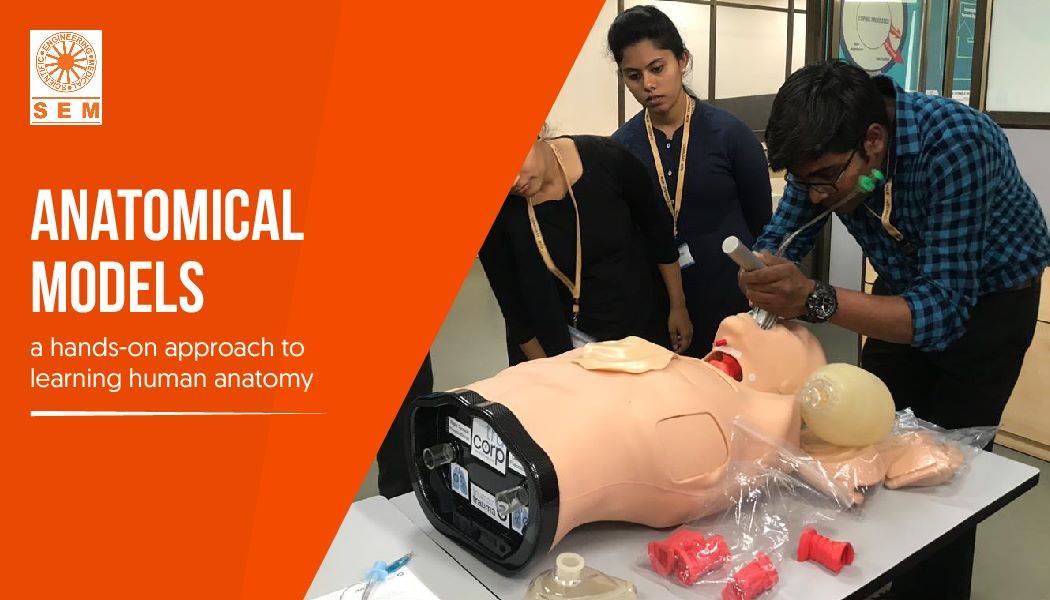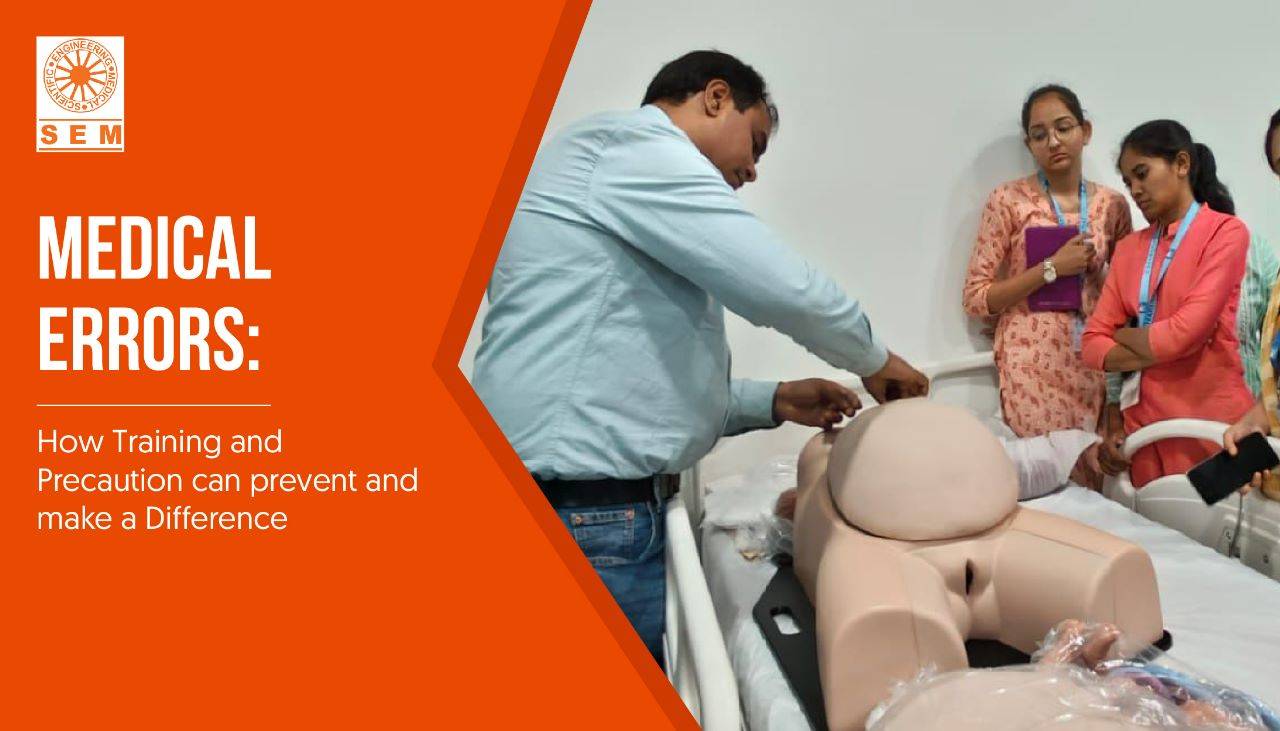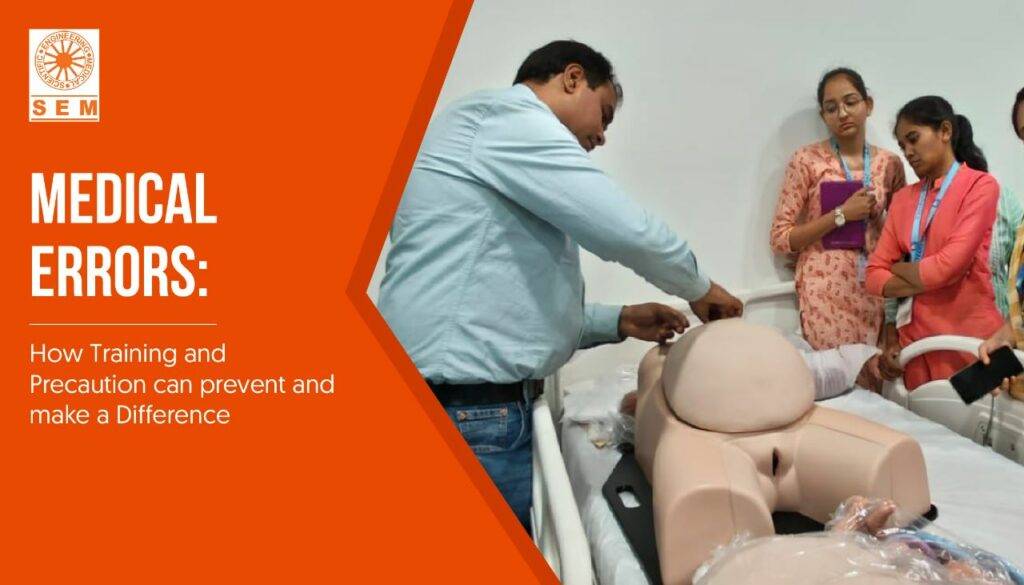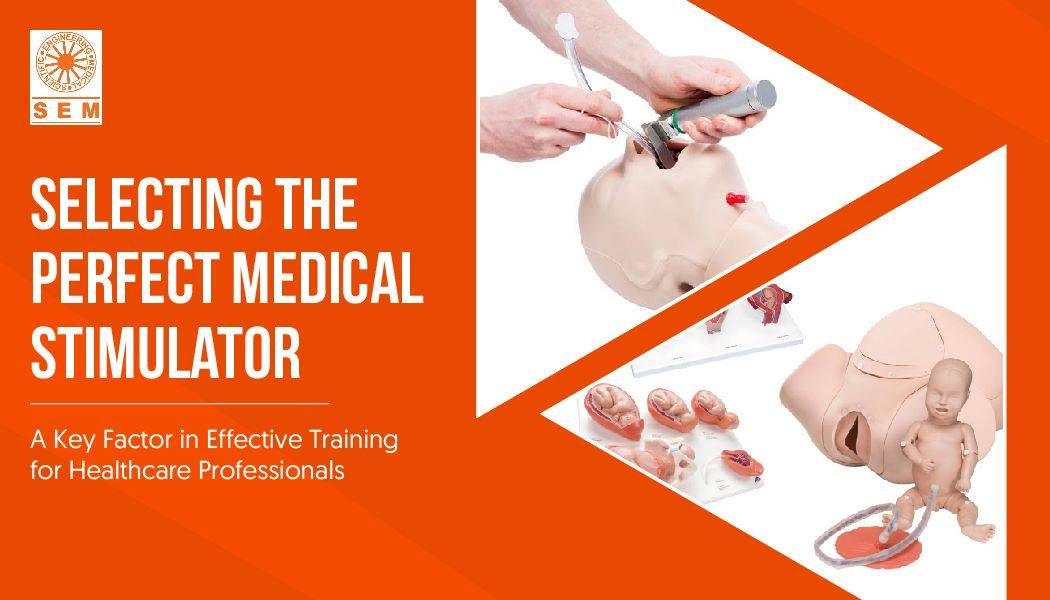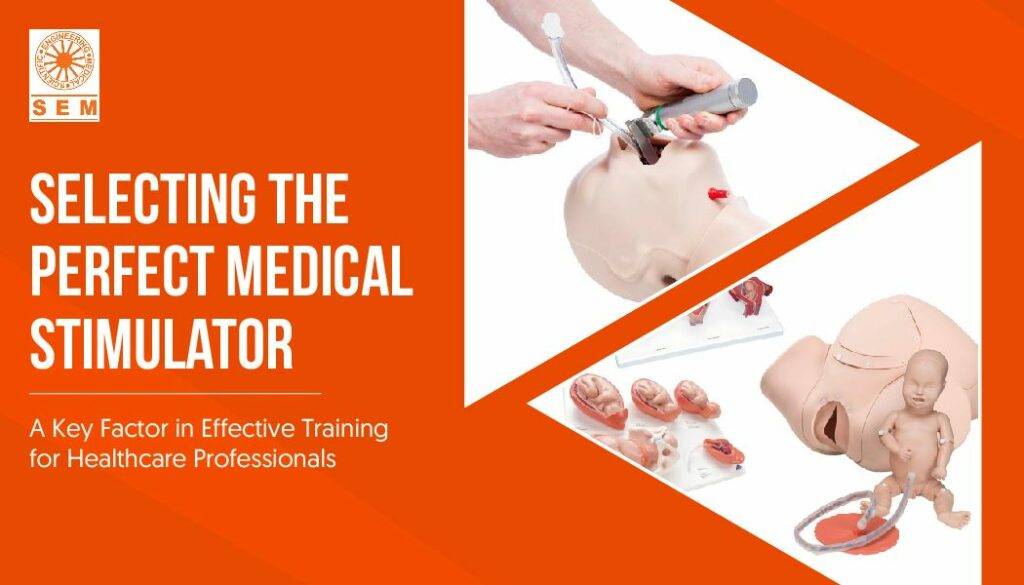Empowering Nurses Through Simulation Training!
Empowering Nurses Through Simulation: Building Competence and Confidence
In the fast-paced world of healthcare, nurses are the unsung heroes who provide critical care, support, and compassion to patients. Their role is demanding, requiring not only knowledge but also confidence and competence in delivering life-saving interventions. As the healthcare landscape evolves, so does the need for nurses to stay up-to-date with the latest techniques and technologies. That’s where simulation training, aided by medical manikins and simulators from SEM Trainers and Systems, comes into play.
Why Simulation Training Matters?
Simulation training is a revolutionary approach to nursing education and professional development. It offers a safe and controlled environment where nurses can practice, refine, and master their skills. This hands-on learning method is especially beneficial for novice nurses and those seeking to enhance their proficiency in complex procedures.
Building Competence through Realistic Scenarios:
One of the key benefits of simulation training is its ability to recreate real-life scenarios. SEM Trainers’ medical manikins and simulators are designed to mimic human anatomy and physiology with astonishing accuracy. This realism allows nurses to practice a wide range of procedures, from basic assessments to intricate surgical techniques, without putting patients at risk.
Boosting Confidence Through Repetition:
Confidence is a vital trait in nursing. Nurses must make quick decisions and perform tasks with precision in high-pressure situations. Through repetitive practice in simulated environments, nurses can build the confidence they need to excel in their roles. Simulators offer the opportunity for nurses to rehearse procedures until they become second nature.
Improving Critical Thinking and Decision-Making Skills:
Simulation training goes beyond mere technical skills. It hones nurses’ critical thinking and decision-making abilities. In simulated scenarios, nurses must assess situations, prioritize tasks, and make informed choices, just as they would in a real clinical setting. This helps them develop the ability to handle unexpected challenges and adapt to evolving patient conditions.
Enhancing Communication and Teamwork:
Effective communication and teamwork are crucial in healthcare. Simulation training encourages nurses to collaborate with their peers and other healthcare professionals, fostering a culture of teamwork and mutual respect. It helps nurses to practice coordinating care and responding to emergencies as a cohesive unit.
Addressing Skill Gaps and Bridging Experience Levels:
Nurses come from diverse backgrounds and experiences, and skill levels can vary. Simulation training bridges the gap between novice and experienced nurses by offering tailored scenarios and challenges. Novices can learn the fundamentals, while experienced nurses can refine their skills and stay current with evolving best practices.
Staying Current with Advancements in Healthcare:
The field of healthcare is constantly evolving, with new technologies and techniques emerging regularly. SEM Trainers’ medical manikins and simulators are adaptable, making it easy for nurses to train on the latest equipment and procedures. This ensures that they remain at the forefront of healthcare advancements.
Compliance with Certification and Regulatory Requirements:
Maintaining certification and complying with regulatory requirements is essential for nurses. Simulation training, when appropriately structured and documented, can count towards continuing education and certification renewal.
SEM Trainers: Your Path to Empowering Nurses
At SEM Trainers, we understand the critical role nurses play in healthcare. That’s why we’re dedicated to providing the most advanced and realistic medical manikins and simulators available. Our products empower nurses to build competence and confidence, ensuring they can deliver the highest quality care to their patients.
If you’re ready to take your nursing education and professional development to the next level, partner with SEM Trainers and Systems. Explore our wide range of medical manikins and simulators and discover the transformative power of simulation training. Empower your nurses to excel in their roles, boost their confidence, and ultimately improve patient outcomes.

